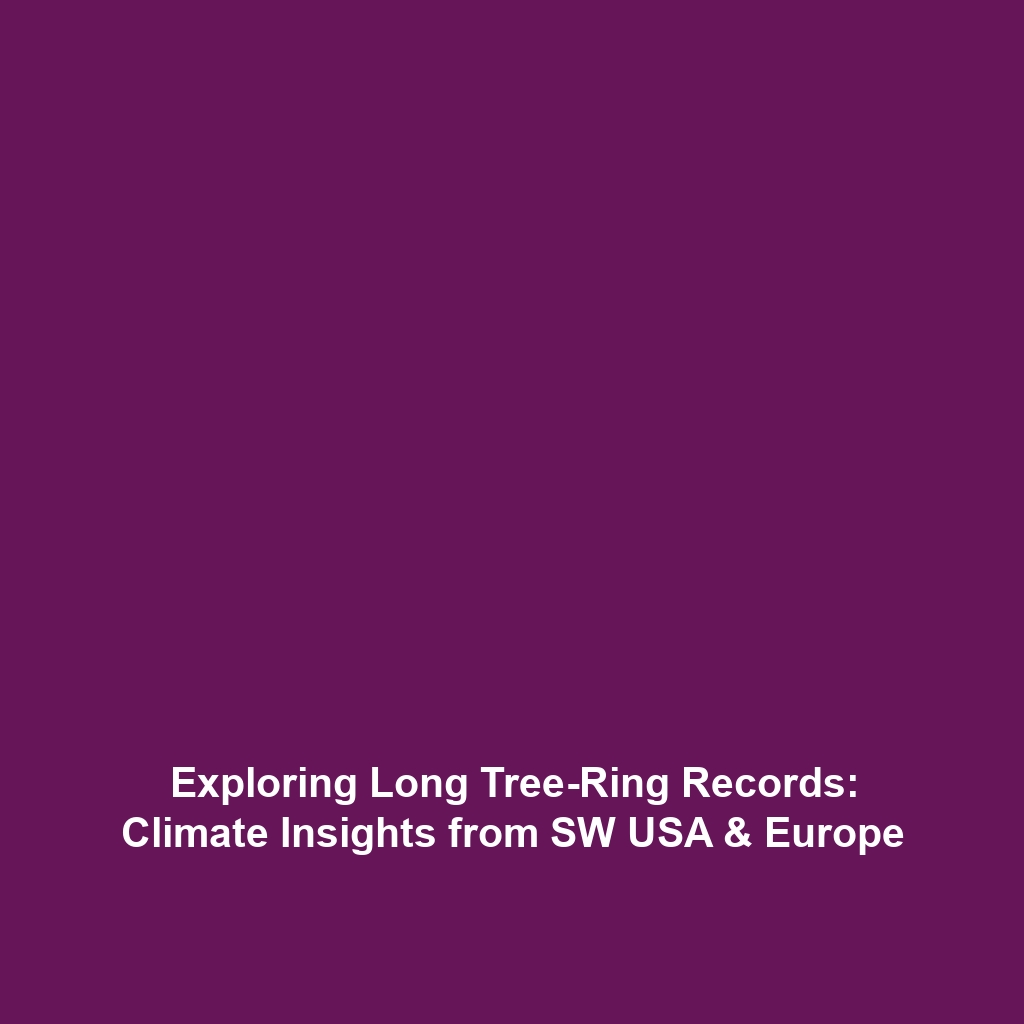Applications of CRISPR Gene Editing in Bioengineering
Introduction:
The advent of CRISPR gene editing has ushered in a transformative era in bioengineering, with applications spanning the production of sustainable biofuels, innovative medicines, and advanced materials. As climate change and the demand for new therapeutics become increasingly pressing, leveraging CRISPR technology provides promising solutions. In this article, we will explore how CRISPR gene editing techniques are employed in bioengineering, highlighting their significance and the potential they hold for the future.
Key Concepts
Understanding the principles of CRISPR gene editing is essential to appreciating its applications in bioengineering. Here are some key concepts:
- CRISPR-Cas9 Technology: This revolutionary tool enables precise editing of genomic DNA, allowing scientists to modify genes in living organisms.
- Bioengineering: The application of biological science to develop products and technologies beneficial to humanity, including pharmaceuticals, energy solutions, and sustainable materials.
- Synthetic Biology: A field closely related to CRISPR, which focuses on redesigning organisms for useful purposes by engineering them to have new abilities.
Applications and Real-World Uses
CRISPR gene editing is making significant strides in various bioengineering applications, including:
- Biofuels: CRISPR can be used to engineer microbial strains that enhance the efficiency of biofuel production, such as developing yeast that converts sugars into ethanol more effectively.
- Medicines: Genetic modifications through CRISPR are paving the way for targeted therapies and vaccines, such as CAR-T cell therapy for cancer treatment and advancements in mRNA vaccine technology.
- Materials: Bioengineering new materials utilizing CRISPR to modify organisms that can produce bioplastics or other sustainable materials tailored for specific applications.
Current Challenges
Despite its immense potential, the application of CRISPR gene editing in bioengineering faces several challenges:
- Ethical Concerns: The implications of modifying genes in organisms raise substantial ethical questions regarding biodiversity and ecological impacts.
- Regulatory Hurdles: The evolving regulatory landscape inhibits rapid deployment of CRISPR technologies in various industries.
- Technical Limitations: Off-target effects and potential unintended consequences of gene editing necessitate rigorous validation and safety assessments.
Future Research and Innovations
The future of CRISPR gene editing in bioengineering is marked by exciting innovations and ongoing research, such as:
- Next-Generation Sequencing: Enhanced sequencing technologies promise to improve the precision of CRISPR applications in various fields.
- High-Throughput Screening: Methods to efficiently test multiple genetic modifications concurrently are on the rise, offering potential to accelerate discovery and application.
- Genome-Wide Editing: Research is progressing towards editing multiple genes simultaneously, which could revolutionize the production of complex bioengineering products.
Conclusion
In conclusion, the applications of CRISPR gene editing in bioengineering for producing biofuels, medicines, and materials represent a pivotal frontier in scientific innovation. The potential for sustainable solutions and groundbreaking treatments underscores the importance of continued research in this area. As we look to the future, leveraging these advances holds tremendous promise for addressing global challenges. For more information, consider exploring related topics such as bioengineering innovations and applications of CRISPR in healthcare.









